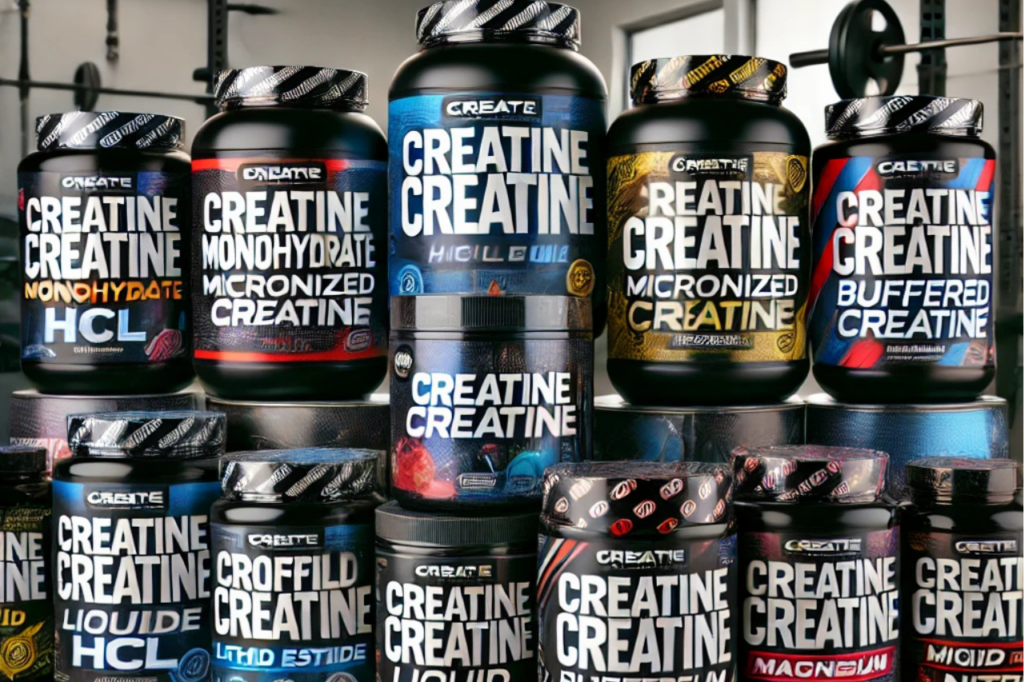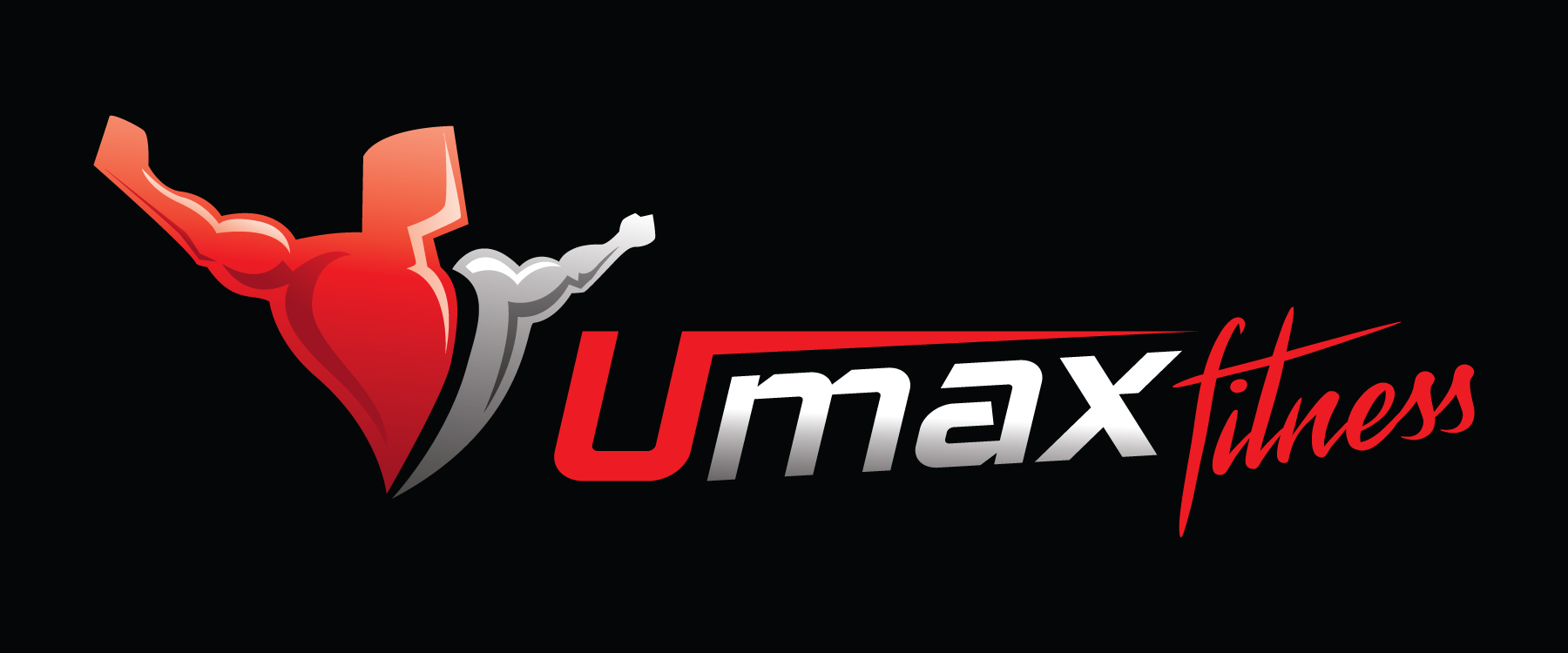The Strength of Creatine: A Powerful Journey Through History, Innovations, and Profound Benefits.
Creatine has become a cornerstone supplement in the world of fitness and sports performance. Its ability to enhance muscle growth, improve strength, and support athletic endeavors has made it a favorite among bodybuilders, athletes, and even recreational gym-goers. This article delves into the discovery and history of creatine, the research validating its efficacy, the types available on the market, and how to use each effectively. Along the way, we’ll explore its impact on performance, muscle growth, and strength.

The Discovery and History of Creatine
Creatine, a naturally occurring compound in the body, was first discovered in 1832 by the French chemist Michel Eugène Chevreul. He identified it in meat extract and named it after the Greek word “kreas,” meaning flesh. By the mid-19th century, researchers had discovered that creatine was stored in skeletal muscle, primarily as phosphocreatine.
In the early 20th century, scientists began to explore the role of creatine in energy metabolism. It wasn’t until the 1990s, however, that creatine supplementation gained popularity in the sports and fitness industry. Olympic athletes and professional sports teams started using creatine to improve performance and recovery, leading to a surge in scientific research.
Research on Creatine: Testing and Data
Over the decades, creatine has been one of the most extensively studied supplements. Here are some key findings:
Improved Athletic Performance
Studies consistently show that creatine supplementation enhances short-duration, high-intensity performance. Athletes involved in sprinting, weightlifting, or other anaerobic activities benefit from increased energy production via the phosphocreatine system.
Muscle Growth and Strength Gains
Creatine supports muscle growth by increasing water content within muscle cells, which promotes an anabolic environment. Additionally, it enhances the production of insulin-like growth factor 1 (IGF-1), further contributing to muscle hypertrophy.
Neuroprotective Benefits
Emerging research indicates that creatine may offer neuroprotective benefits. It has been studied as a potential therapeutic aid in conditions like Parkinson’s disease, Huntington’s disease, and traumatic brain injuries.
Safety and Long-Term Use
Creatine has a robust safety profile. Numerous studies, some lasting up to five years, have found no significant adverse effects in healthy individuals.
Types of Creatine: Variations and Their Pros and Cons
The supplement market offers several forms of creatine. Here is a comprehensive list of the most popular types, their benefits, and drawbacks:
1. Creatine Monohydrate
- Description: The most researched and widely used form.
- Pros: Cost-effective, highly effective for performance, muscle growth, and strength.
- Cons: Some individuals experience mild bloating or gastrointestinal discomfort.
- Best Use: Mix 3-5 grams daily with water or a carbohydrate-rich beverage. Take post-workout for optimal absorption.
2. Micronized Creatine
- Description: A finer version of creatine monohydrate.
- Pros: Easier to mix, less likely to cause bloating.
- Cons: Slightly more expensive.
- Best Use: Same as creatine monohydrate, with improved solubility making it easier to consume.
3. Creatine Hydrochloride (HCL)
- Description: Known for better solubility and absorption.
- Pros: Reduced gastrointestinal issues, requires smaller doses.
- Cons: More expensive than monohydrate.
- Best Use: Take 1-2 grams daily, before or after a workout.
4. Creatine Ethyl Ester
- Description: A modified version intended for better absorption.
- Pros: Claims of faster absorption (though evidence is limited).
- Cons: Less research backing its efficacy compared to monohydrate.
- Best Use: Follow the manufacturer’s dosage instructions; often taken pre-workout.
5. Buffered Creatine (Kre-Alkalyn)
- Description: Alkaline powder designed to prevent breakdown in the stomach.
- Pros: Reduced bloating and stomach discomfort.
- Cons: Limited evidence showing it’s superior to monohydrate.
- Best Use: Take 1.5-3 grams before workouts.
6. Liquid Creatine
- Description: Pre-dissolved creatine solution.
- Pros: Convenient for on-the-go use.
- Cons: Less stable, may degrade into creatinine (an inactive compound).
- Best Use: Consume immediately after opening for best results.
7. Creatine Magnesium Chelate
- Description: Bound to magnesium to enhance absorption.
- Pros: May support energy metabolism more efficiently.
- Cons: More expensive and less studied.
- Best Use: Take 2-3 grams daily.
8. Creatine Nitrate
- Description: Creatine bonded with nitrate molecules.
- Pros: May improve vascularity and nitric oxide production.
- Cons: Limited research, potential for side effects like headaches.
- Best Use: Use as a pre-workout supplement, following the dosage on the label.

How to Use Creatine for Maximum Benefits
1. Loading Phase (Optional)
- Purpose: Saturates muscle stores quickly.
- Protocol: Take 20 grams daily (split into four 5-gram doses) for 5-7 days.
- Benefits: Faster results for performance, muscle growth, and strength.
2. Maintenance Phase
- Purpose: Maintain saturated muscle creatine stores.
- Protocol: Take 3-5 grams daily.
- Timing: Post-workout is often recommended, especially with a carbohydrate source to enhance absorption.
3. Cycling Creatine
- Purpose: Prevent reliance (though not necessary).
- Protocol: Use creatine for 8-12 weeks, followed by a 4-week break.
4. Staying Hydrated
- Creatine draws water into muscle cells. To avoid dehydration, increase your daily water intake while supplementing.
Creatine: Pros and Cons
Pros
- Enhanced Performance: Supports short, high-intensity activities.
- Muscle Growth: Promotes cell volumization and protein synthesis.
- Increased Strength: Facilitates better training adaptations.
- Neuroprotection: Potential cognitive and neurological benefits.
- Affordability: Creatine monohydrate is inexpensive and effective.
Cons
- Water Retention: Can cause temporary weight gain.
- Digestive Issues: Some experience bloating or cramping.
- Misconceptions: Often misunderstood or associated with steroids.
- Not Universal: Some “non-responders” see minimal benefits.
Who Should Use Creatine?
Creatine is suitable for:
- Athletes aiming to improve performance in high-intensity sports.
- Bodybuilders and strength trainers focused on muscle growth and strength.
- Older adults seeking to preserve muscle mass and function.
- Individuals interested in the potential neuroprotective effects.
Conclusion
Creatine is a powerhouse supplement with a rich history and an unparalleled body of research supporting its benefits. Whether you aim to enhance performance, muscle growth, or strength, it’s a versatile tool in your fitness arsenal. With numerous variations available, there’s a form to suit every preference and need. Understanding how to use creatine effectively ensures you maximize its potential while minimizing drawbacks.
For best results, stick to well-researched options like creatine monohydrate, stay hydrated, and maintain consistent usage. Whether you’re a seasoned athlete or new to the gym, creatine offers a proven path to achieving your goals.
